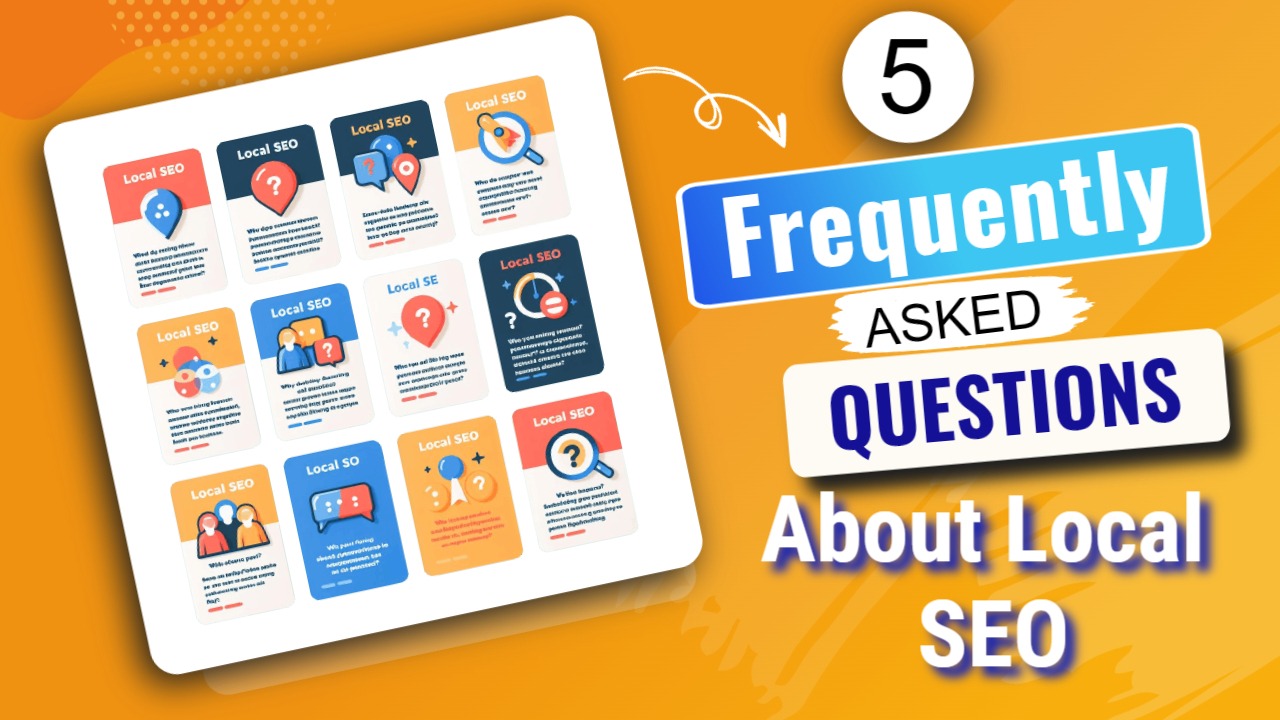How Efficient Website Design Can Enhance Your Search Engine Optimization Method and Improve User Experience
The crossway of efficient web style and search engine optimization is an essential area for any kind of company looking for to enhance its on-line presence. An user-friendly style not only elevates customer experience yet additionally significantly influences Search engine optimization efficiency by reducing bounce rates and improving involvement metrics.
Value of Website Design for SEO
Effective internet layout is often underestimated in its influence on search engine optimization (SEARCH ENGINE OPTIMIZATION) A well-structured web site not just enhances user experience however also plays a vital duty in how online search engine rate pages. Online search engine like Google favor web sites that display clear navigating, quickly loading times, and mobile responsiveness. These variables add to lower bounce prices and greater user interaction, which are important metrics for search engine optimization success.
Moreover, web style elements such as clean code, enhanced pictures, and appropriate use HTML tags dramatically influence a website's crawlability. Browse engines count on structured information to comprehend web site content and context, making it essential for web developers to implement ideal techniques. Additionally, the integration of SEO techniques within the design phase, such as including keywords in titles, meta descriptions, and alt message for images, can boost visibility in search outcomes.
Ultimately, prioritizing efficient website design not just ensures a smooth customer experience but also develops a solid foundation for SEO efforts, leading to raised organic traffic and enhanced positions. Thus, organizations should recognize the inherent link in between website design and SEO to attain online success.
Key Design Components for Customer Experience
User experience (UX) offers as a keystone for successful internet layout, influencing how site visitors connect with a site and regard its value. To optimize UX, numerous crucial style aspects have to be focused on.
Firstly, user-friendly navigation is necessary; a well-structured menu and clear pathways enable individuals to locate details promptly, lowering frustration. Aesthetic pecking order plays an essential function, leading users' attention to crucial components through dimension, shade, and positioning. This assists in quicker decision-making and enhances overall interaction.
In addition, a regular design motif enhances experience and depend on, as users really feel extra comfy browsing a site that visually straightens throughout its pages. Effective use white space also can not be neglected; it protects against mess, enabling essential web content to stick out and making the site a lot more digestible.
Moreover, top quality pictures and graphics are essential, as they not only catch focus but likewise share expertise. Fast tons times are non-negotiable; delays can lead to higher bounce rates and reduced user complete satisfaction. By concentrating on these vital design aspects, organizations can significantly enhance their individual experience, promoting positive communications that urge return gos to and conversions.
Mobile Responsiveness and SEO Influence
As web design progressively focuses on individual experience, the value of mobile responsiveness can not be overemphasized. With a substantial section of web website traffic originating from mobile gadgets, a receptive design makes certain that sites are practical and easily accessible throughout various screen sizes. This adaptability not just improves individual contentment but also plays a critical role in seo (SEARCH ENGINE OPTIMIZATION)

Including mobile responsiveness right into internet design additionally promotes improved loading times, which is a vital element in both individual experience and search engine optimization positions. Slow-loading pages deter users, causing higher abandonment rates and negatively impacting search exposure. Ultimately, focusing on mobile responsiveness not only improves customer involvement however likewise reinforces an internet site's SEO technique, producing a much more affordable online presence.
Website Framework and Navigating Finest Practices
An efficient site framework and intuitive navigation are crucial elements of successful web layout. They not only improve individual experience but additionally play an essential find out here now role in search engine optimization (SEARCH ENGINE OPTIMIZATION) A clear pecking order enables customers and online search engine to understand the partnerships in between various pages, enhancing the general use of the website.
Use keyword-rich and detailed Links, as they provide context and improve search exposure. This minimizes bounce prices and maintains customers engaged.

Measuring the Success of Internet Style
Measuring the success of web design entails reviewing different metrics that show individual engagement and total website efficiency. Key performance indications (KPIs) such as bounce rate, average session period, and pages per session give understanding into how users connect with the site. A high bounce price might suggest that users are not discovering the material appealing or pertinent, triggering a need for layout or content revisions.
Additionally, conversion rates are important for analyzing the performance of internet layout. A rise in conversions, whether with form submissions, item purchases, or newsletter sign-ups, typically associates with intuitive layout and user-centered performances. Devices like Google Analytics can provide in-depth records on these metrics, enabling designers to recognize fads and areas for improvement.
Inevitably, a mix of measurable information and qualitative responses establishes an extensive photo of web layout success, more info here making sure that it aligns web with both Search engine optimization objectives and customer expectations. By consistently determining these elements, organizations can improve their web style techniques to maximize individual experience and drive purposeful engagement.
Conclusion

As internet design progressively focuses on user experience, the importance of mobile responsiveness can not be overstated.Integrating mobile responsiveness right into web design likewise promotes enhanced packing times, which is an essential factor in both user experience and SEO positions. Inevitably, a mix of quantitative information and qualitative responses develops a comprehensive photo of internet design success, making sure that it lines up with both Search engine optimization purposes and customer assumptions. By consistently determining these aspects, businesses can improve their web style techniques to enhance individual experience and drive meaningful interaction.
In conclusion, efficient internet layout considerably boosts Search engine optimization strategies and customer experience.